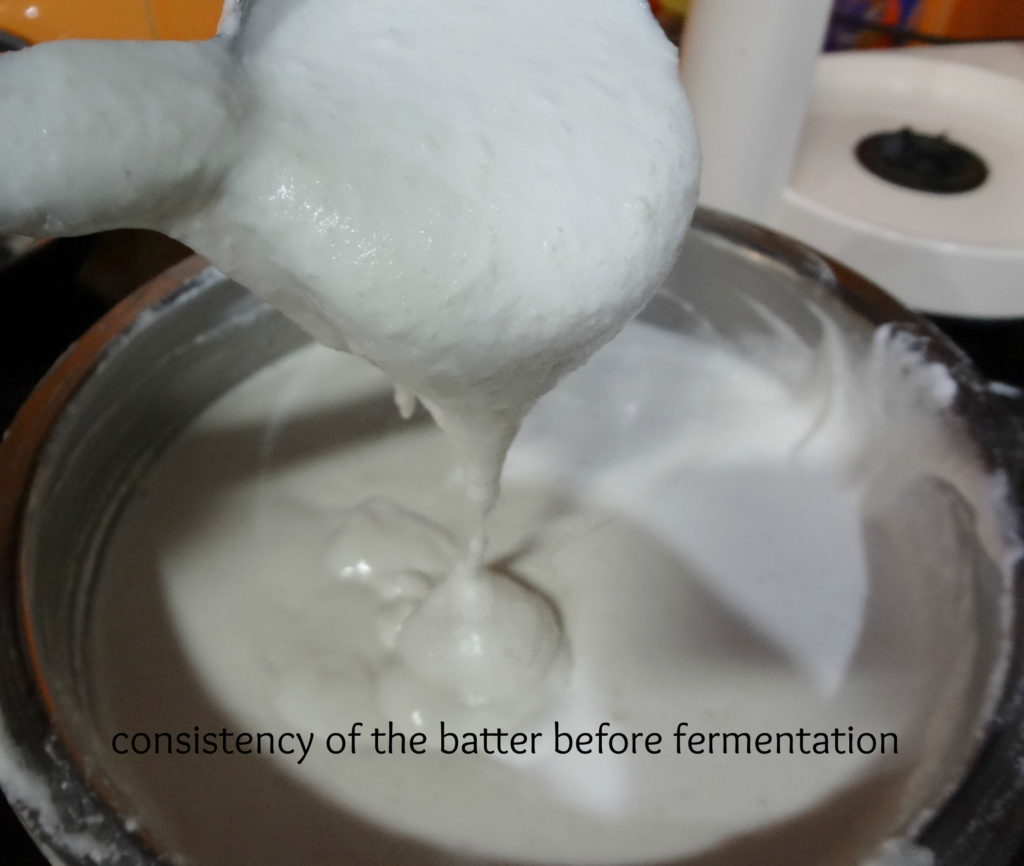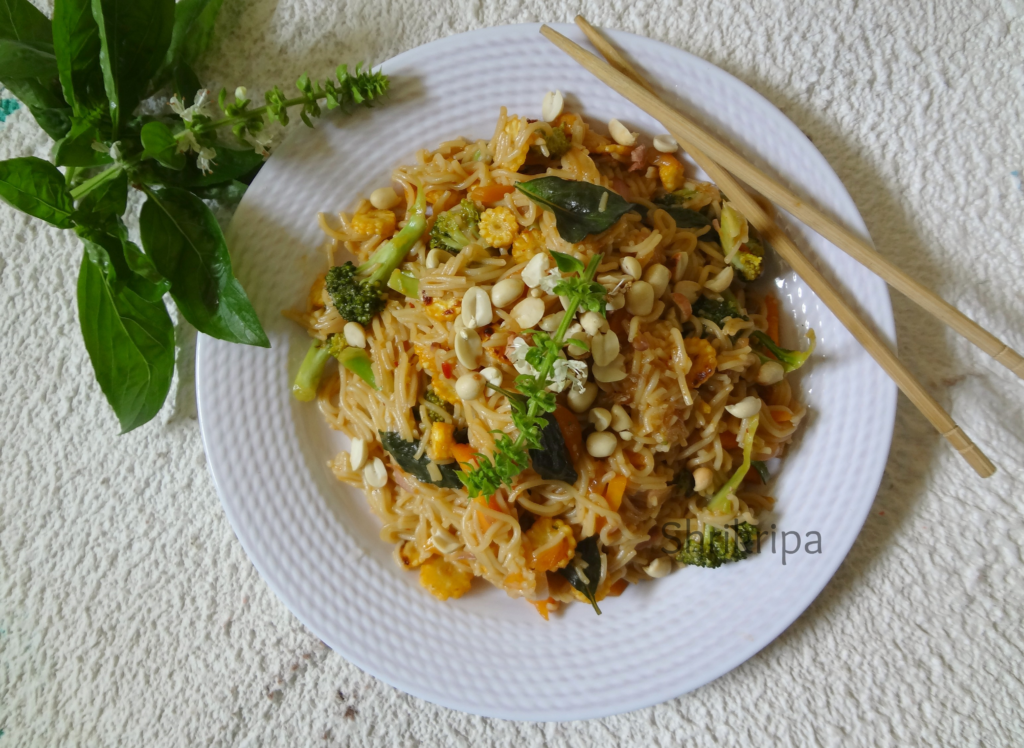Dudle huli is a big lemon and is known as Citrus medica. Citrus medica is much bigger than normal lemon with thick outer rind and less sour and sweeter than normal lemon, excellent for thin Rasam, juice, pickles or Chithranna. This Chithranna is fragrant, rich in vitamin C and very tasty. We normally serve this in any festivals or weddings. It is a no onion no garlic recipe and we use mustard, dry red chilli and coconut for flavour. This is our traditional and much-loved recipe for Chithranna.

Ingredients:
Rice – 3 cups
Citrus medica – 1 (big citrus fruit)
Dried red chillies – 2 to 3
Mustard – 1 tsp
Coconut – ½ cup
Jaggery – 1 to 2 tsp
Salt
Oil – 1 tsp
Seasoning:
Coconut Oil – 3 tbl sp (any refined oil is ok)
Mustard – 1 tsp
Urad dal – 1 tsp
Cumin – 1 tsp
Hing – ¼ tsp
Curry leaves – 2 springs
Ground nuts – ¼ cup
Method:
-For cooking rice:
Boil water in a big vessel by putting 1 tsp of salt and oil. Add washed rice and cook for 7 to 8 minutes or until it is soft and firm and cooks. Drain cooked water and spread this rice in a colander.
– Grind masala by putting coconut, roasted red chillies, mustard, jaggery and dry run without adding any water.
-Seasoning:
-Take one thick bottomed kadai, add oil and heat. When it is hot, add mustard.

-When it starts splutter, add urad dal and ground nut and fry until it becomes little dark. Next add cumin, hing and curry leaves.
-Now add ground masala and fry for 2 minutes. Add drained rice, juice of citrus medica and salt.

-Mix well and switch off the gas. Check for the seasoning and adjust according to your taste.
– This is very ideal vitamin C rich option for tiffin box as well.














































